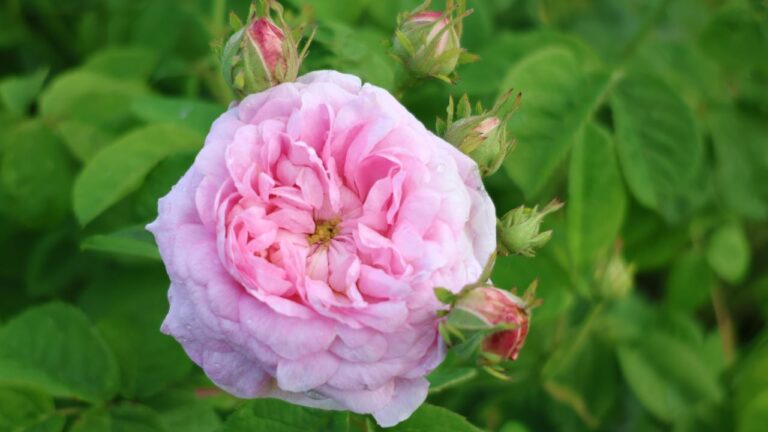Old Garden Roses: The Gallicas
Continuing my Youtube series on the old garden roses, this on covers the Gallicas. This class of roses was so dominant in Europe in the middle ages, there were literally hundreds of cultivars. Treasured for its close-to-red color, breeding focused on high petal counts, deep shades of pink and purple, and novelty traits like stripes…

